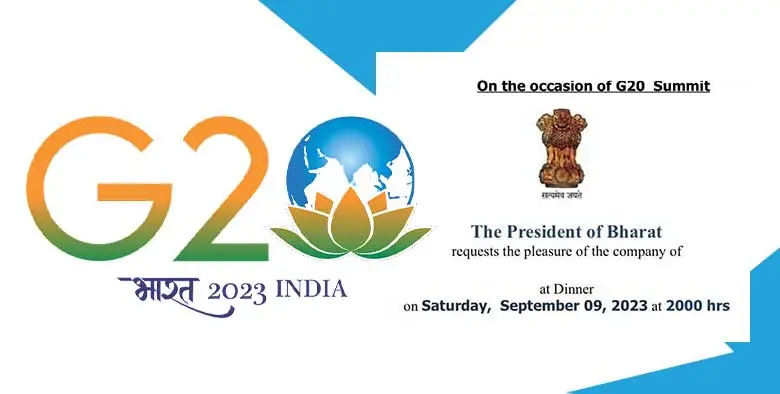Here’s Everything You Need to Know About Saving Schemes
By investing in saving schemes, you can build enough funds to buy a house, fund your kid’s education, or fulfil any other financial goal. Apart from regular savings, investing in a savings plan can provide you with additional income. Many savings schemes require less regular contributions, but these contributions accumulated over time can be large.
If you start saving at an early stage, you can build a huge corpus, which can be used after retirement and help you lead a stable and comfortable life. Having money at hand can make you spend it on unwanted items. Therefore, it is best to invest your surplus income in saving schemes.
Advantages of Saving Schemes
Most of the saving schemes are launched by the government, and therefore the risks of investing in them are minimal. A savings plan not only offers good returns but is also safe and secure. Let us look at some of the key advantages of investing in saving schemes: -
Investing in saving schemes can help you achieve your long-term financial objectives such as retirement plans, your child’s education, or buying a house.
There are many investment options available for saving schemes. The benefits under each vary with the scheme and sector. For instance, Pradhan Mantri Jan Dhan Yojana is specifically designed to help people below the poverty line, while the Sukanya Samriddhi Yojana is designed to help a girl child financially.
Saving schemes require minimal maintenance, and investment in these schemes is quite simple. You can even invest in these schemes online.
The regular contributions made towards saving schemes are minimal. Investing in a savings plan is safe and secure since most of these plans are offered by the government of India.
You can avail of tax exemption on the contribution made towards a saving plan under section 80C of the Income Tax Act of India.
 Types of Saving Schemes
There are many different types of saving schemes available in India. Let us look at some of them: -
Types of Saving Schemes
There are many different types of saving schemes available in India. Let us look at some of them: -
- Public Provident Fund (PPF)
The PPF scheme is the most popular and safest option available in India. The contributions made towards this scheme and the interest generated are tax-exempt under section 80C of the Indian Tax Act. This scheme can be availed of at banks and post offices. The duration of the PPF scheme is 15 years.
- Employees’ Provident Fund (EPF)
This saving plan was launched by the Employees’ Provident Fund Organisation (EPFO), and its primary objective is to help employees save money for post-retirement. It is compulsory for an organization with more than 20 employees to provide the EPF scheme. 12% of the employee’s basic salary and dearness allowance of the employee and the employer must be contributed towards the EPF scheme.
- National Pension System (NPS)
This saving plan was launched by the central government. The main goal of NPS is to provide regular income post-retirement. The benefits of NPS can be availed by paying a small premium regularly.
- Sukanya Samriddhi Yojana Account (SSY)
The Sukanya Samriddhi Yojana, launched by PM Narendra Modi, helps secure the future of a girl child. The minimum deposit that can be made in a year under SSY is Rs. 1000, and the maximum is Rs. 1.5 lakh. The contributions under SSY are made for a duration of 14 years, and the maturity period is 21 years.
- Atal Pension Yojana (APY)
The primary aim of APY is to help people who are living below the poverty line. It also helps benefit the people working in the unorganized sector who require financial support. Under APY, individuals can avail themselves pension after retirement by paying small premiums. However, the individuals must have active savings account to enrol in this scheme.
- Voluntary Provident Fund (VPF)
The VPF scheme can be opted by the employees voluntarily. Under this scheme, the employees can contribute all of their basic salaries. Contributions made towards Voluntary Provident Fund (VPF) scheme always impact the EPF scheme.
The KVP certificate scheme can be availed at the post offices in India. The contribution made towards this scheme must be at least Rs. 1000 and there is no upper limit. The invested amount is doubled over 112 months.
Investing in saving schemes is one of the safest options to secure your future. But with so many options available in the market, finding the savings plan that best suits your requirements can be difficult. You can consider buying saving schemes from a trusted brand like Max Life Insurance. The plans offered by them are secure and reliable.
 Types of Saving Schemes
There are many different types of saving schemes available in India. Let us look at some of them: -
Types of Saving Schemes
There are many different types of saving schemes available in India. Let us look at some of them: -












